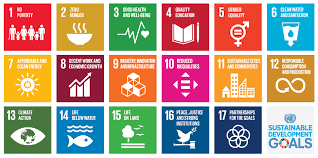7667766266
enquiry@shankarias.in
Why in news?
A report titled "Survey 2019: Ambitions Beyond Growth" on SDGs was recently released by the UN Economic and Social Commission for Asia and the Pacific (UNESCAP).
What are SDGs?

What are the report highlights?
What are the suggested measures?
What is the remark on education?
What is the case with India?
Source: The Indian Express, Down To Earth
Quick Fact
UNESCAP
Author: Shankar Civil Service Coaching Center Chennai
Visit for Daily Current Affairs on Indian Economy